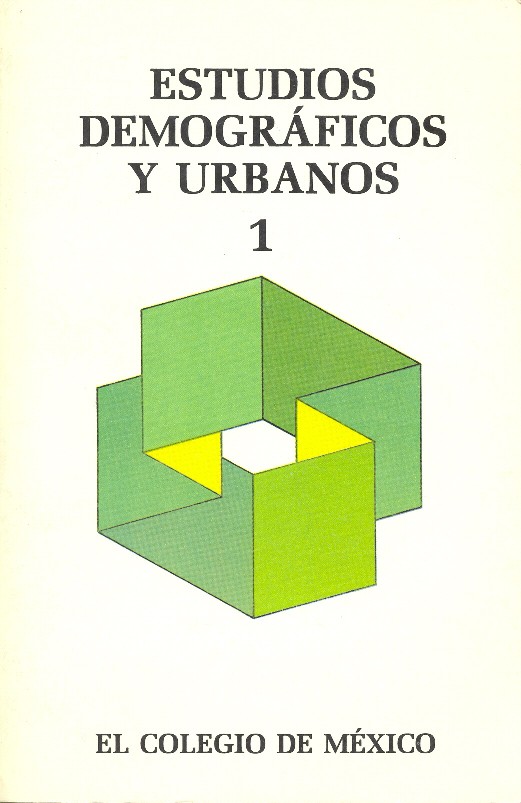Published 1986-01-01
Keywords
- zonas metropolitanas,
- inversión de la polarización,
- empleo industrial,
- Zona Metropolitana de la Ciudad de México
How to Cite
-
Abstract2155
-
PDF (español)1386
Downloads
Copyright (c) 1986 Estudios Demográficos y Urbanos

This work is licensed under a Creative Commons Attribution-NonCommercial-NoDerivatives 4.0 International License.
Metrics
Abstract
In this investigation, metropolitan development in Mexico from 1960 to 1980 is discussed. Most importantly, by means of the application of techniques used in multivariate analysis, twenty-six metropolitan zones were delimited in the country for the year 1980, which represents a significant increase when compared to the twelve that existed at the beginning of the period.
Despite evident downward tendencies in demographic concentration in the Metropolitan Area of Mexico City and the upward tendencies of that concentration in the country's central region, the inertia generated by the dynamics of previous growth has impeded the country's urbanization process from reaching the point of inflection marking the so-called "inversion of polarization".
Insofar as the development of these metropolises on an internal level is concerned, it is observed that they are at different points in their evolution. The Metropolitan Area of Mexico City is the most advanced one and is currently at a stage in which its total growth rate is declining and the downtown area is undergoing depopulation, along with rapid growth in surrounding municipalities. The phenomena of tertiarization and the relocation of industrial employment toward outlying metropolitan zones are the outstanding changes that have affected the sectorial and territorial structure of metropolitan employment in the twenty years under review.


